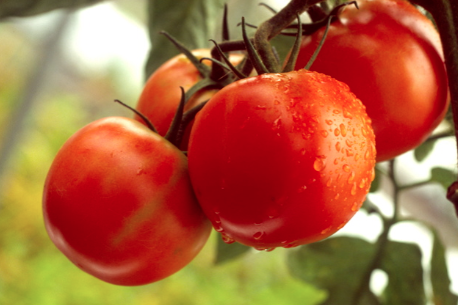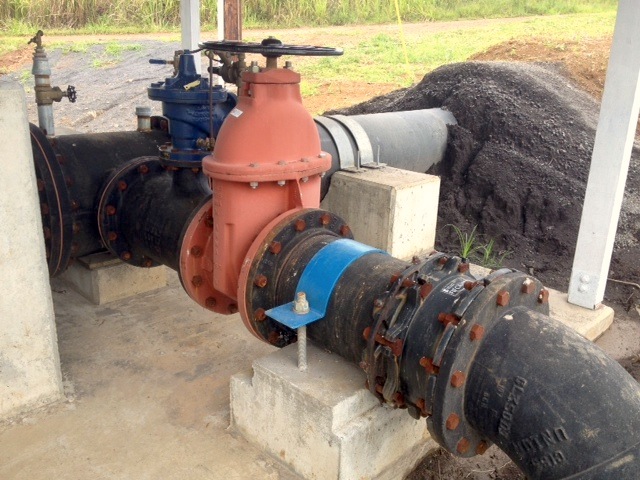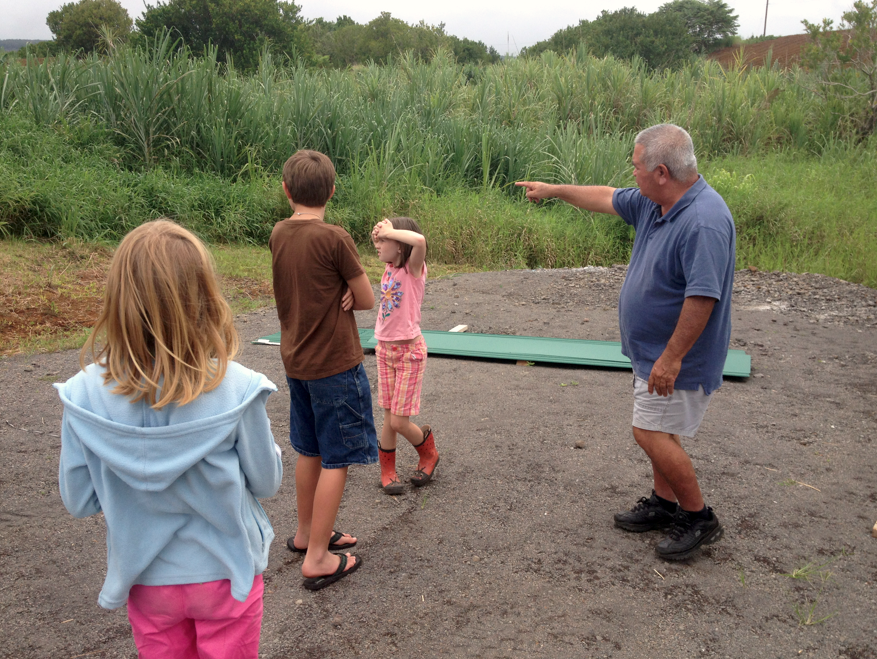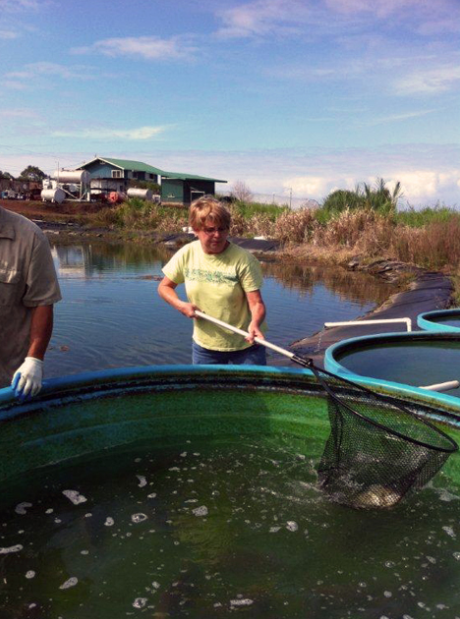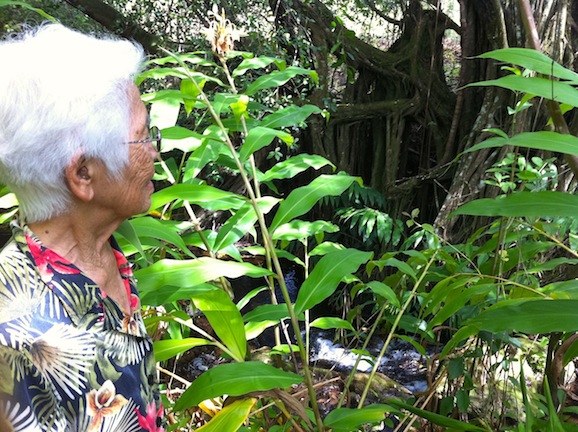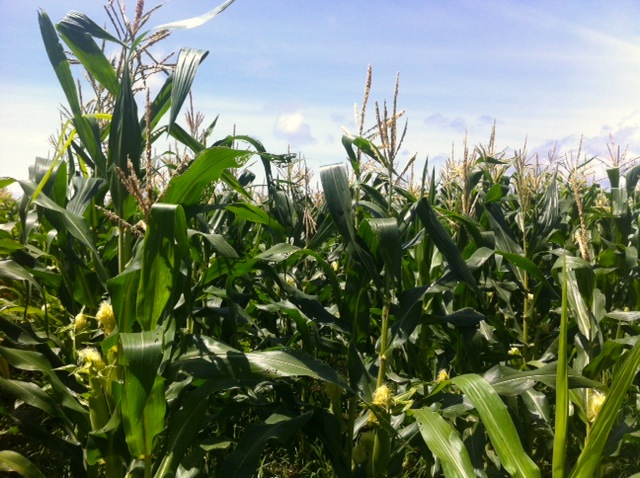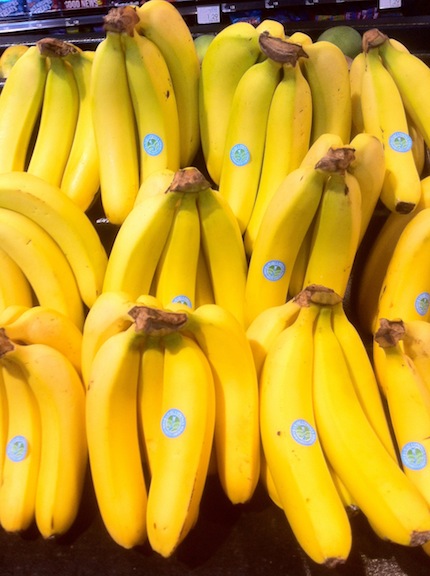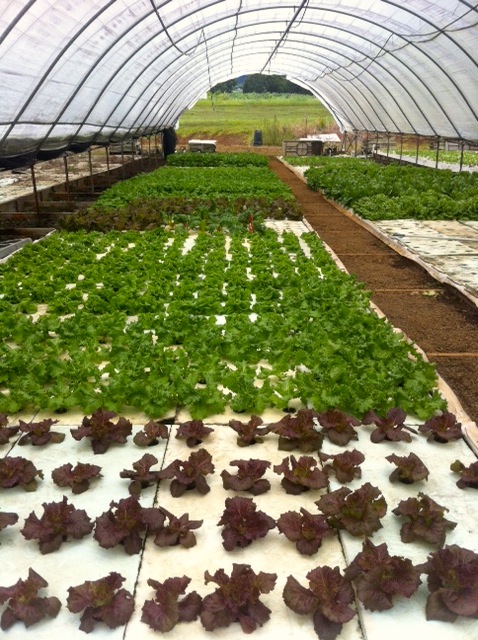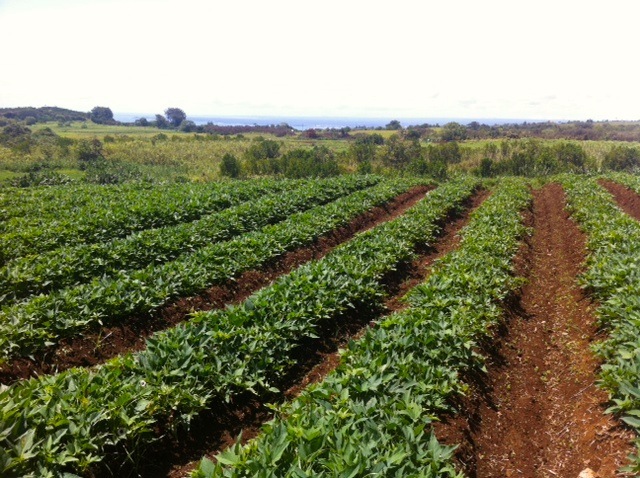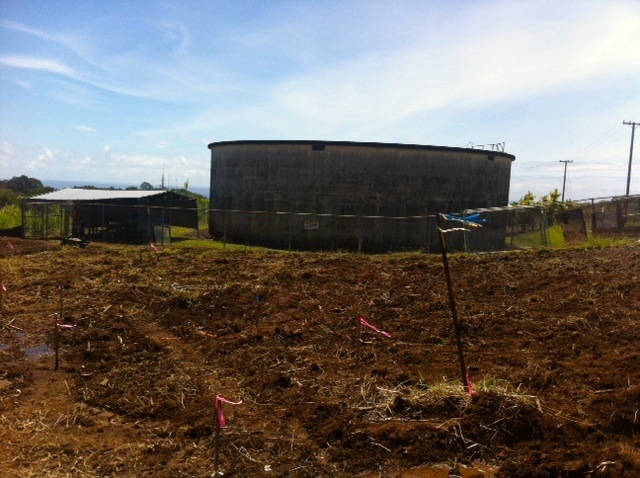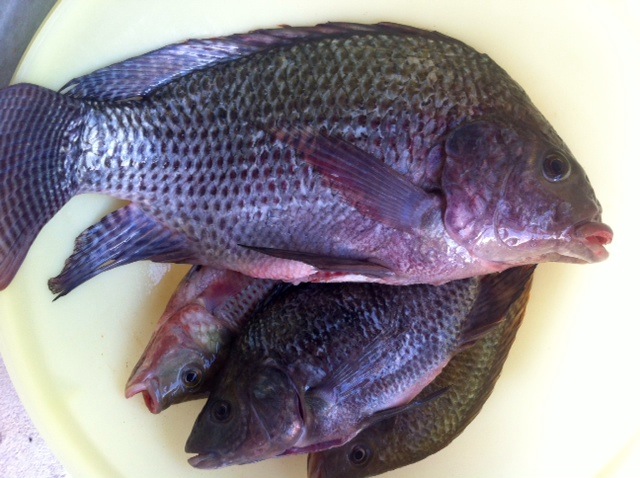Richard Ha writes:
Yesterday at the Hawai‘i County Council meeting, the anti-GMO Bill 113 got a positive recommendation, meaning it now needs two votes by the Council and the Mayor’s signature to be adopted.
From this morning’s Hawai‘i Tribune Herald:
By TOM CALLIS
Tribune-Herald staff writer
A County Council committee gave a bill that would restrict the use of genetically altered crops a positive recommendation Tuesday, ensuring that the legislation would survive nearly five months after the committee first took on the controversial issue.
The legislation, Bill 113, was moved forward to the council level in a 6-2 vote with Puna Councilman Greggor Ilagan voting no and Council Chair J Yoshimoto voting no with reservations. Hilo Councilman Dennis Onishi was absent….
At yesterday’s meeting, Councilperson Zendo Kern said the County has spent almost $20,000 on meetings regarding this topic. He said, “We can’t keep doing the same thing over and over and over again expecting a different result. That’s insanity.”
Councilperson Dru Kanuha said, “I think we are completely wasting our time, the committee’s time and taxpayer dollars on something that should have been talked about first and foremost.
Kanuha said a task force should have been formed first, in order to investigate and suggest action, and then a bill written.
But, instead, a bill was written first. And the predictable outcome was people yelling and screaming at each other.
Bill 113 exempts GMO papaya and corn now in cultivation – but outlawing future biotech crops, while giving GMO papayas and corn growers an exemption, de facto criminalizes those papaya
and corn farmers.
The bill’s sponsors say we need to move fast before the big seed companies come to the Big Island. But there are economic reasons they are not here. The Big Island is geologically young and has not eroded enough to develop flat, fertile lands. Tractors make money on the straightaways and lose money on the turns. Where we do have limited areas of flat and fertile lands, there is no irrigation infrastructure.
Maybe now, in picking up the pieces, we can focus on the big picture. We need to have, in the spirit of aloha, a serious discussion about food self-sufficiency for the island. We will need everyone’s contribution to this effort.
- How can we achieve affordable food self-sufficiency?
- How can we leverage our year-round growing season?
The downside of the wonderful gift of a year-round growing season is that weeds, insects and diseases thrive here, too.
In the past, we used pesticides almost exclusively to increase production. Now, there are new, biotech options that can help us increase production while decreasing pesticides. We can lower food costs and decrease the pressure on our environment at the same time.
Remember, food self-sufficiency involves farmers farming. If the farmers make money, the farmers will farm.

